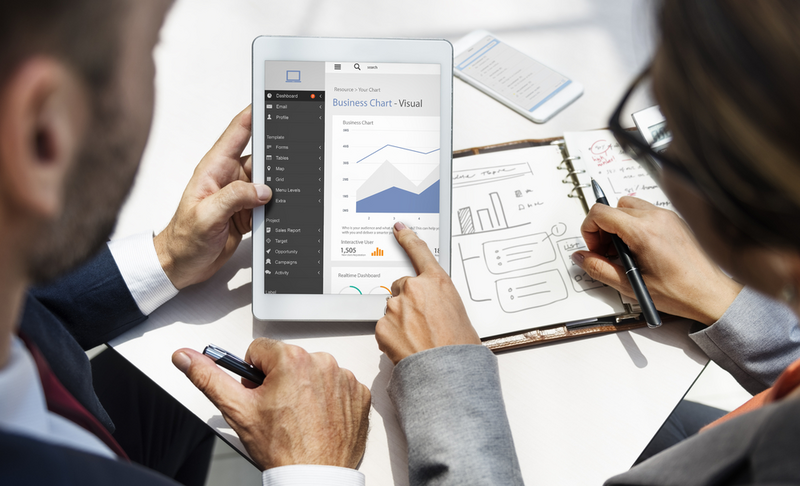ATD Blog
Adding Engagement to Your Measurement Strategy
Thu Feb 06 2020

I once worked on an L&D team where we took the ADDIE model and put an “M” in front it. Why? To focus our thinking on measurement up front, before designing, before thinking about materials, before much of anything.
We still need to think about measurement early and often; however, our learning landscape has changed. Learners have changed. Training has changed. Traditional services and structures of L&D are becoming more agile, flexible, and involved in many activities. With that in mind, our traditional approach of measurement and evaluation needs to evolve because our focus on talent development is not just about learning. While learning will always take place (with or without L&D support), currently today’s organizations lack engagement. You’ve seen the research—higher engagement leads to all sorts of good things.
While we are flexing and changing what we do and how we do it in L&D, why not throw engagement into the mix? After all, we know that learners supported on the job with the application of their learning tend to apply the learning quicker and more effectively, which leads to better performance. Engaged employees with engaged managers and coaches help each other become better at what they do to improve talent and business results.
And part of the problem is that engagement and all it entails is usually not under the charge of L&D. As practitioners, we can no longer sit back and say, “Hey, you guys in the organization need to do a better job at engagement so our training is transferred back on the job.” Now it’s time for us to help the organization draw a better picture of what that looks like. Just like we’ve been working hard at telling our stories about how program X affected goal Y or how switching to digital learning has saved X amount of dollars. It’s time to bring engagement into our purview.
Why not measurement and engagement? It makes perfect sense. The objective of measurement is to understand, in a systemic and systematic way, what’s working and what’s not and gather leading indicators of impact and value. The objective of engagement (from a learning perspective) is to support learner application, flexing to the learner needs, discovering barriers in real time, and closing the feedback loop with continuous listening. Want to find out how that new onboarding program is going? How about checking in on the current cohort of the aspiring leadership program or getting in-the-moment feedback on the company’s respectful workplace initiative? There are now tools to capture and respond to feedback in real time, making learner engagement a viable addition to any L&D solution.
Continuous listening provides a quantitative and qualitative way to understand the drivers of positive or negative experience along an employee’s path. This process generates metrics to support focal-point talent decision-making and actions, leading to improved employee success and business impact. In a nutshell, we learn “what’s working at work?”
Yes, real-time communication and having conversations take time and effort. No, chatbots and AI are not the answer to everything. You see and hear all the time about how “our employees are our number-one value.” We spend enormous sums of time and money investing in the development of our people, yet we don’t take an equal amount of time to listen to and engage with them. Next time you are creating a measurement plan, consider mapping an engagement plan too.

